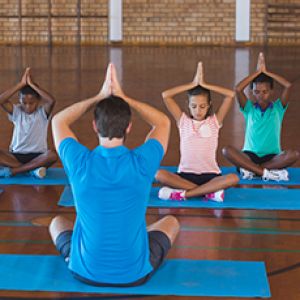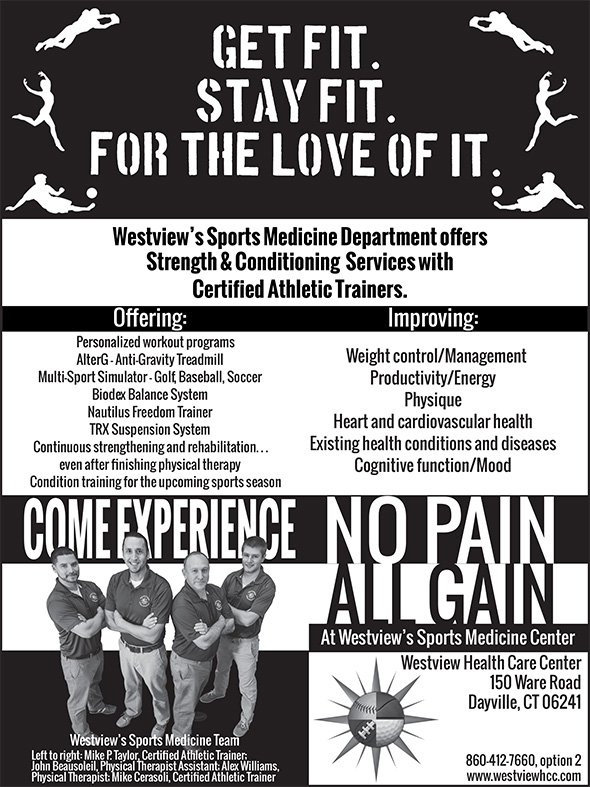
- Itful focus get fit stay full be focused how to#
- Itful focus get fit stay full be focused professional#
There is a delay between your training stimulus and the body’s adaptation, so it is important to be patient with the process! This concept applies to every type of physical activity. Generally, when you seek to improve your fitness, you are trying to gradually increase the training load that your body can tolerate. As your training fluctuates, your fitness levels follow. In this post we have discussed the general concepts around managing training load. This is a large decrease, and it may be important to ease back into your routine gradually to avoid injury.Īcute decreases in activity exceeding ~20% should be noted as possible detraining can occur.

Your average training load for the week is 50% less than it was the preceding month.

This week you are busy with work and don’t get the time to train that you wanted.Īfter you do your calculations, say this brings your average training load for the week to 250. This is a big jump and you might be stiff, sore or possibly even overtrained leading to feeling run-down.Īcute increases in activity should not exceed ~30%, to avoid overtraining. Your average training load for the week is 50% greater than it was the preceding month. This week you decide to add in a daily new activity on top of your normal routine.Īfter you do your calculations, say this brings your average training load for the week to 750. Take a month where you have an average daily training load of 500. If you record your activity in this way over the long term you can get a good picture of what training load your body is accustomed to managing. If we take the above examples as two separate bouts of exercise in the same day for this individual, we see thatĭog Walk + Bike Ride = Daily Training Load Session RPE’s can be used over the long term to assess whether you are training too little or too much based on your fitness level.
Itful focus get fit stay full be focused how to#
In the next section you will see how to use this concept to assess training load over a longer period of time than just single sessions. You now have a standardized way to compare these two very different activities. Now let’s take another example, where you go for a 2 hour bike ride that you rate a 7/10 effort: This subjective rating is then multiplied by the duration of the exercise session, usually in minutes.įor example, let’s say you go on a casual 20-minute walk with your dog that you rate 2/10 for effort: This calculation depends on you rating an exercise session on a scale such as the one pictured here from easy to difficult. Session RPE = Session Duration X Session Intensity (based on subjective report) Remember, BRAINS ARE COMPLICATED AND WE STILL DON'T HAVE ALL THE ANSWERS.
Itful focus get fit stay full be focused professional#
Therefore, even if you feel fine, the best practice is seeking professional help and following the proper protocol for return to work and play. normal blood flow takes up to 14 days to recover!). As mentioned in “Concussion Pathophysiology”, it can take weeks for the initial cellular damage to recover, even in the absence of symptoms (e.g. Furthermore, people can be more genetically predisposed to certain symptoms which can impact their experience and recovery time. It could be due to prolonged pathophysiological change in the brain after a concussion, or it could be due to more psychological factors.

Research is still investigating what causes the delay in symptoms. You might experience symptoms such as headache or dizziness initially, but symptoms such as sleep disturbances, depression/anxiety, and irritability can occur later on. There is no predictor as to when you'll experience symptoms. Sometimes, symptoms don't show up for hours, days, or even weeks.

This is one of the trickier parts about concussions. MYTH 5: IF YOU DON’T HAVE SYMPTOMS IMMEDIATELY, YOU CAN GO ABOUT YOUR DAY NORMALLY But remember, we NEED to expose ourselves to daily activities in order to build tolerance and recover. If you've just sustained a concussion (24-48 hours post), or you're incredibly symptomatic, sitting in a darker, quiet room can help promote rest, and contribute to the dissipation of symptoms. "Waiting it out", can only prolong recovery. As we know from "Concussion Pathophysiology", our neural pathways can be severely damaged and new ones need to be formed. The brain needs exposure to build new neural pathways. What we now know is that we need that gradual exposure to our symptom triggers and activity in order to recover from a concussion. So, what made sense at the time was 'well okay, let's avoid all of that and keep them in dark room. When individuals experience concussions, they can be triggered by light, noise, reading, writing, socializing, driving, etc, etc, etc. Before I knew anything about concussions and concussion rehab, I to fell victim to this myth. MYTH 4: SIT IN A DARK ROOM AND WAIT IT OUTĪlas, this one is my favourite.


 0 kommentar(er)
0 kommentar(er)
